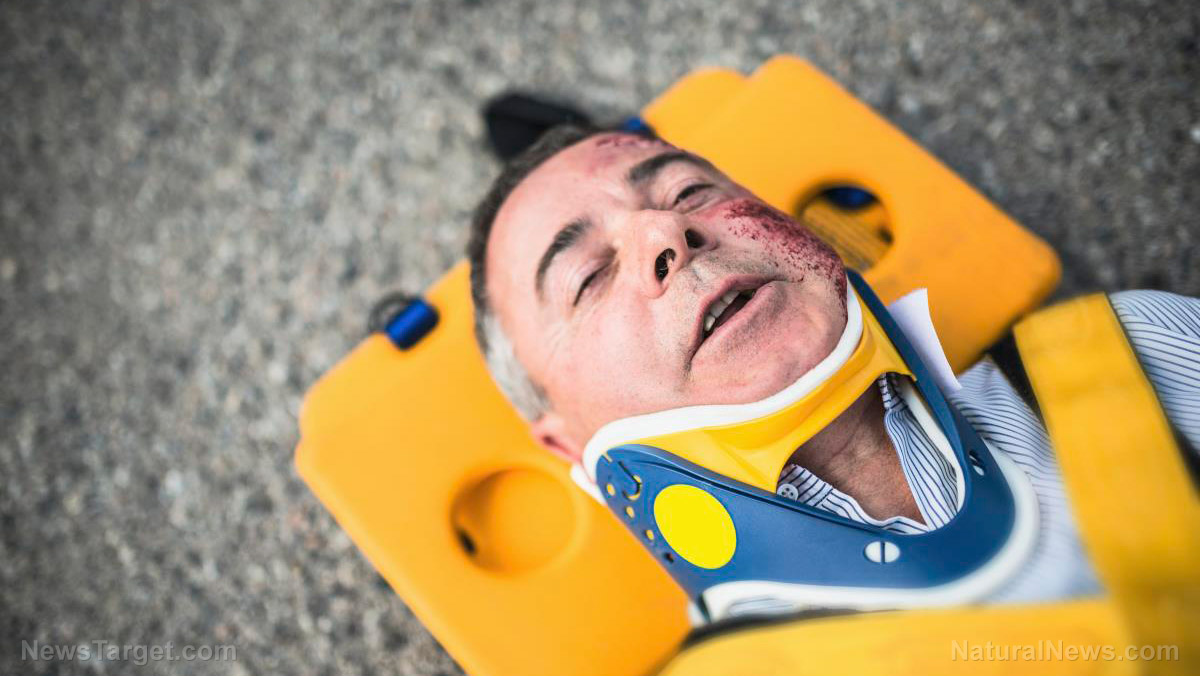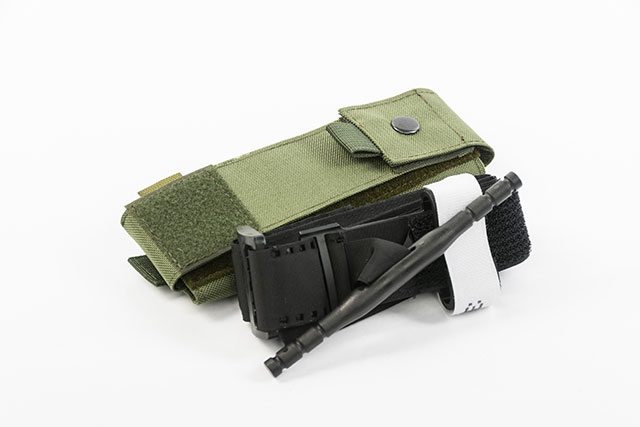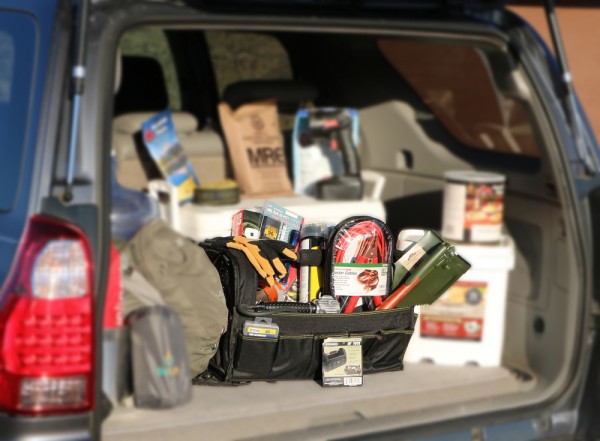Whether it’s an isolated survival situation or a large-scale SHTF event, one of the most important defensive skills that you could ever teach yourself is how to clear corners. A corner could refer to just about any solid object, including a tree, a vehicle or even a refrigerator. If you don’t know how to get passed these obstacles when threats are in your immediate area, then it could result in serious injury or even loss of life.
A recent article originally published by Ballistic Magazine and then re-posted on PersonalDefenseWorld.com covers several important tips to clearing corners that could end up saving your life. These tips, all of which come from retired police officer and Gunsite Academy instructor Chris Weare, include the following:
1) Slice the pie
Use a technique called “slicing the pie,” which refers to slowly approaching a corner incrementally so that you can increasingly see what is behind it, if anything. Refrain from just creeping right up to the edge of a corner, and remember to never let your guard down. (Related: Read about how to find effective cover in a mass shooting.)
2) Take your time
Rushing around a corner is one of the biggest mistakes you can make. Unless your loved one is crying for help and you need to reach him or her immediately, be sure to take your time and remain cautious until you are certain that the coast is clear. (Related: Read about how to think like a survivalist.)
3) Stay focused
As you approach a corner, don’t focus on the corner itself, but rather on the space beyond it. Your goal is to see as much as possible without a potential assailant seeing you.
4) Fatal funnels
Limit the amount of time that you spend standing in an open doorway as much as you possibly can. Not only will doorways be one of the first places that your enemies look at, but doorways also emit light, which is almost certain to give away your location. This is why doorways are often referred to as “fatal funnels” – standing in them for too long can be fatal.
5) Bring backup
While you’re focusing on clearing a corner, there are a number of things that can go wrong from behind, whether it’s a threat creeping in through an open window or even just passing through the front door undetected. This is why it’s important to have backup with you to cover your six – that is, the area behind you – while you focus on clearing the corner.
6) Know the various corner types
The two types of corners that you should know about are single corners and double corners. Single corners refer to a simple 90-degree edge of a wall, while a double-corner is like the entry to a hallway or really the space between any two large objects, like cars or trees. With single corners, you have to be concerned about potential threats from just one direction, while with a double corner, threats can potentially be lurking from opposite directions.
7) Daily doubles
If you’re forced to clear a double corner without backup, choose which side you want to clear first. Once it is cleared, pivot on your toes and clear the other side. What makes this particular move so dangerous is that while you are clearing one corner, you are completely exposed to potential threats behind the other. This is why tactical teams are so important, rather than trying to survive on your own.
8) Keep moving
Once you have cleared the corners, don’t waste any time – immediately move to a new location and take control of it to avoid becoming a sitting duck. Simply put, remaining in motion will make you a difficult target and increase your chances of survival.
Sources include:
PersonalDefenseWorld.com
LoadoutRoom.com




























